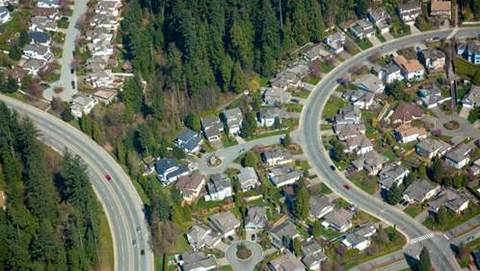
Google has put its weight behind an environmental project to track illegal fishing across the globe using its unique technology assets, teaming with two conservationist groups to launch the prototype ‘global fishing watch’ system.
The online tool aims to provide a global view of commercial fishing based on satellite data. Led by marine conservation group Oceana and backed financially by Google, ‘global fishing watch’ is based on software developed by remote sensing and digital mapping environment not-for-profit SkyTruth.
The system uses data from satellite company SpaceQuest’s automatic identification system (AIS) to map and display (via Google’s mapping software) the activity of fishing ships that were registered as large commercial fishers or appeared to be engaged in fishing activity over the last two years.
The global fishing watch system uses an algorithm developed by not-for-profit Analyse Corp to pull out data related specifically to fishing vessels from the AIS and analyse it to track the identity and movements of fishing ships. The AIS sends a ship identifier and location information from VHF transmitters on a ship, but does not differentiate between vessel types.
The reliance on the AIS means that the global fishing watch system will not be able to monitor the activity of smaller boats that are not required to install AIS trackers, and those that choose to turn their transmitter off when entering restricted zones.
The team started with 3.7 billion data points from two years’ worth of satellite collection, which covered the movements of 111,374 vessels.
After running the algorithm across the dataset to pull out the detail on location and time of fishing behaviour, the system now contains 300 million data points for over 25,000 vessels. The team used 35 million of those data points to verify 3125 fishing vessels.
Oceana, Google and SkyTruth now plan to build a version of the tool for the public that will offer near real-time data, rather than historic data, to allow fast action if an illegal fishing vessel is spotted.
“So much of what happens out on the high seas is invisible, and that has been a huge barrier to understanding and showing the world what’s at stake for the ocean,” John Amos, SkyTruth founder said in a statement.
“But now, satellite data is allowing us to make human interaction with the ocean more transparent than ever before. Fishermen can show how they are doing their part to fish sustainably, we can motivate citizens to watch the places they care about, and we can all work together to restore a thriving ocean.”




_(20).jpg&h=140&w=231&c=1&s=0)
_(22).jpg&h=140&w=231&c=1&s=0)



_(26).jpg&w=100&c=1&s=0)

 iTnews Executive Retreat - Security Leaders Edition
iTnews Executive Retreat - Security Leaders Edition











_(1).jpg&h=140&w=231&c=1&s=0)



